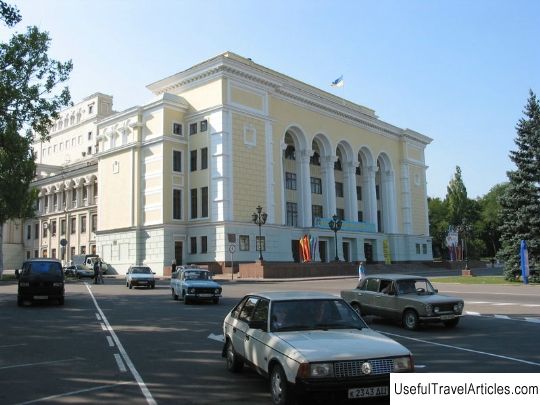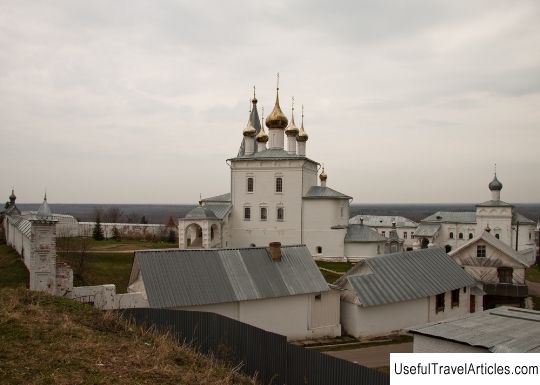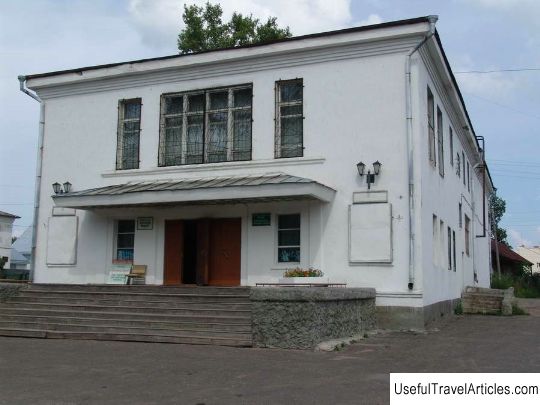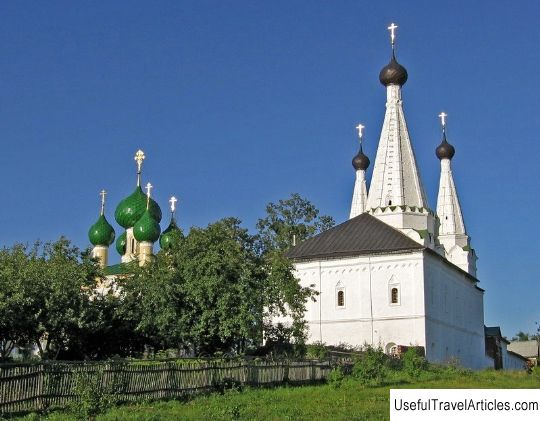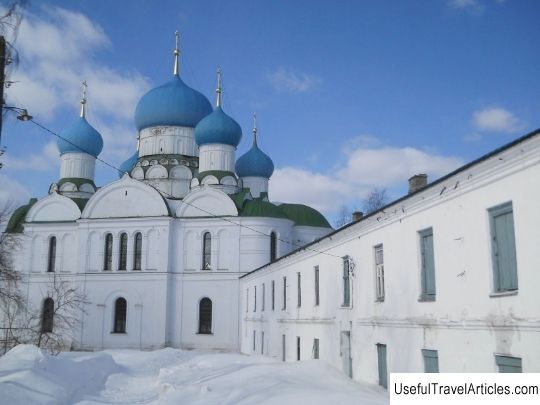Nikolo-Uleyminsky monastery description and photos - Russia - Golden Ring: Uglich
Rating: 8,6/10 (5794 votes) 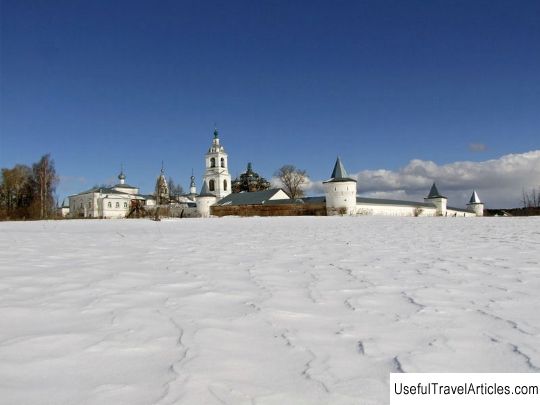
Nikolo-Uleyminsky monastery description and photos - Russia - Golden Ring: Uglich. Detailed information about the attraction. Description, photos and a map showing the nearest significant objects. Photo and descriptionThe Nikolo-Uleyminsky monastery stands on the Rostov road, eleven kilometers from Uglich, at the confluence of Vorzhekhoti and Uleima. It is located on a hillock that slopes gently down to the river. Today its towers have been restored and whitewashed, tents have been restored. The Nikolo-Uleyminsky monastery is of great interest from the standpoint of medieval military art. The monastery is part of a chain of monasteries that surround Uglich in a ring, representing distant fortified approaches to the city. This military-defensive technique was quite typical for ancient Russia. Moscow is surrounded by the same ring of monasteries. The Nikolo-Uleimsky monastery was originally made of wood, like most of the ancient temple buildings. The first construction of the monastery - a wooden church in honor of Nicholas the Wonderworker, the castle and monastic cells were built in 1469 with donations from the Uglich prince Andrei Vasilyevich. The next building, the Church of the Presentation of the Most Holy Theotokos in the Temple, appeared in 1563 by the care of the prince Georgy Vasilievich. In 1589, the first stone building was erected - St. Nicholas Cathedral. At the entrance to the territory of the monastery, a view of the Vvedenskaya church opens immediately, which was built on the site of the church burned down in the Time of Troubles in 1695. Its composition is quite interesting. A semicircular altar protrudes from the eastern wall of the high quadrangular prism of the one-domed temple. From the west, the main building is adjoined by a powerful building covered with a gable roof, which ends with a hipped bell tower. From the north to the temple there is an extension, which is decorated with a two-winged porch. This building combines the temple, the refectory with a central pillar that supports the vaults, and the abbot's chambers. The church is placed on a basement, this makes the temple tall and slender, like Rostov churches, in which, as well as here, the basement was used for household needs. But, despite this, the Vvedenskaya Church is a rather original and unique architectural work. Next to the Vvedenskaya Church there is a completely different Nikolsky Cathedral, which dates back to 1677. The Vvedenskaya Church and the massive and simple St. Nicholas Cathedral, light and rather complex in composition, are, despite the visible differences, the same in terms of architectural content and common construction techniques. The main similarity is that the Vvedenskaya church, small in comparison with the cathedral, is nevertheless commensurate with it in its height, since it stands on the basement, and so the proportionality of their scale is observed. Nikolsky Cathedral is a traditional five-domed temple, made in the Moscow architectural style. This church is beautiful with its mighty and calm proportions, the pattern of the heads, restrained, but nevertheless elegant decorations made of cut and shaped bricks. They are especially interesting on the walls of the gallery, which is adjacent to the main volume, and enlivening the composition of the building as a whole. The Trinity Gate Church (1713), standing on a strand of the western wall, looks different. Its architect, had a completely different taste, thought and built in a different way. He did not think about the unity of the entire architectural ensemble of the monastery, he tried to argue with his predecessors and rejected their restraint and stinginess of decor, he believed that beauty is only in the splendor of the flowering of stone dress. The architect managed to make the decoration of the Trinity Church rich and colorful, but free from the excessive splendor of later times, when the influence of the Baroque was quite strong. From the depths of the 18th century, the architect looked back, trying to choose more attractive details in the architectural heritage. The stone fence at the monastery appeared in 1713. The loopholes on the walls were gone, they were decorated with tiles. The builder of the monastery walls gave them a serfdom, as if returning to the events of bygone times, when in the Time of Troubles Lisovsky's detachment destroyed the monastery. Stone walls and towers, being a monument to the heroism of our ancestors,          We also recommend reading Holy Trinity Cathedral description and photos - Russia - Volga region: Saratov Topic: Nikolo-Uleyminsky monastery description and photos - Russia - Golden Ring: Uglich. |
